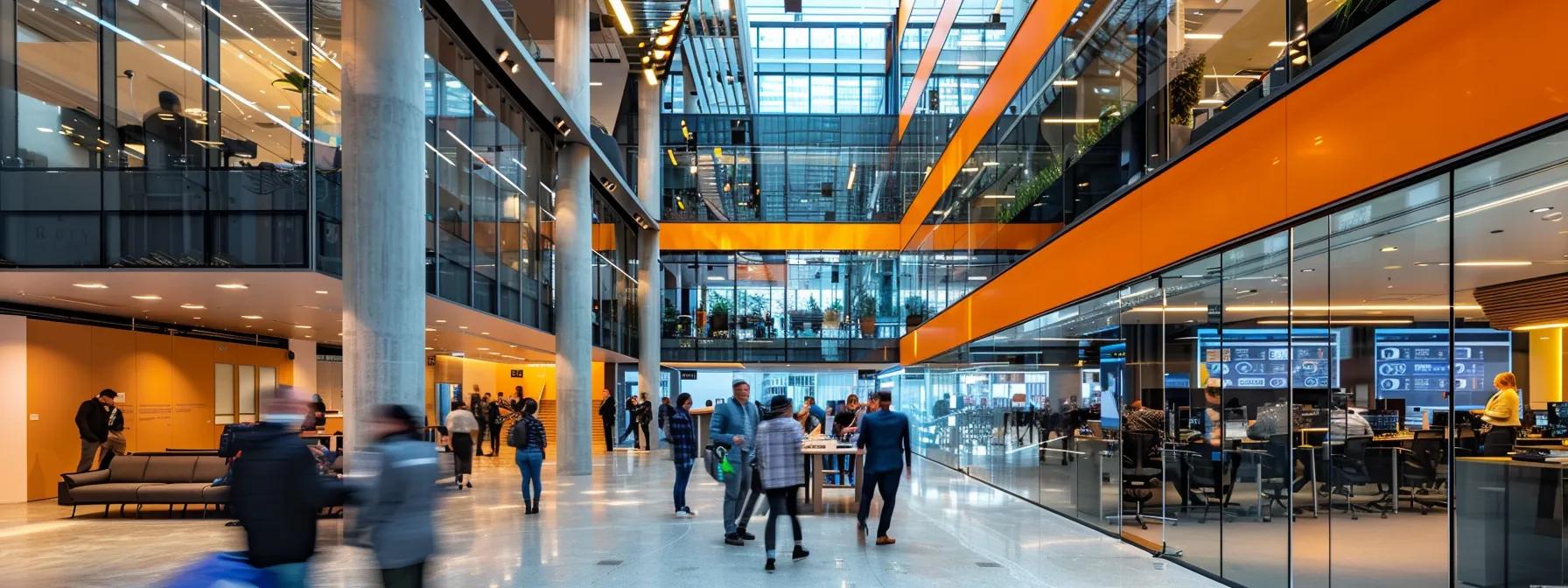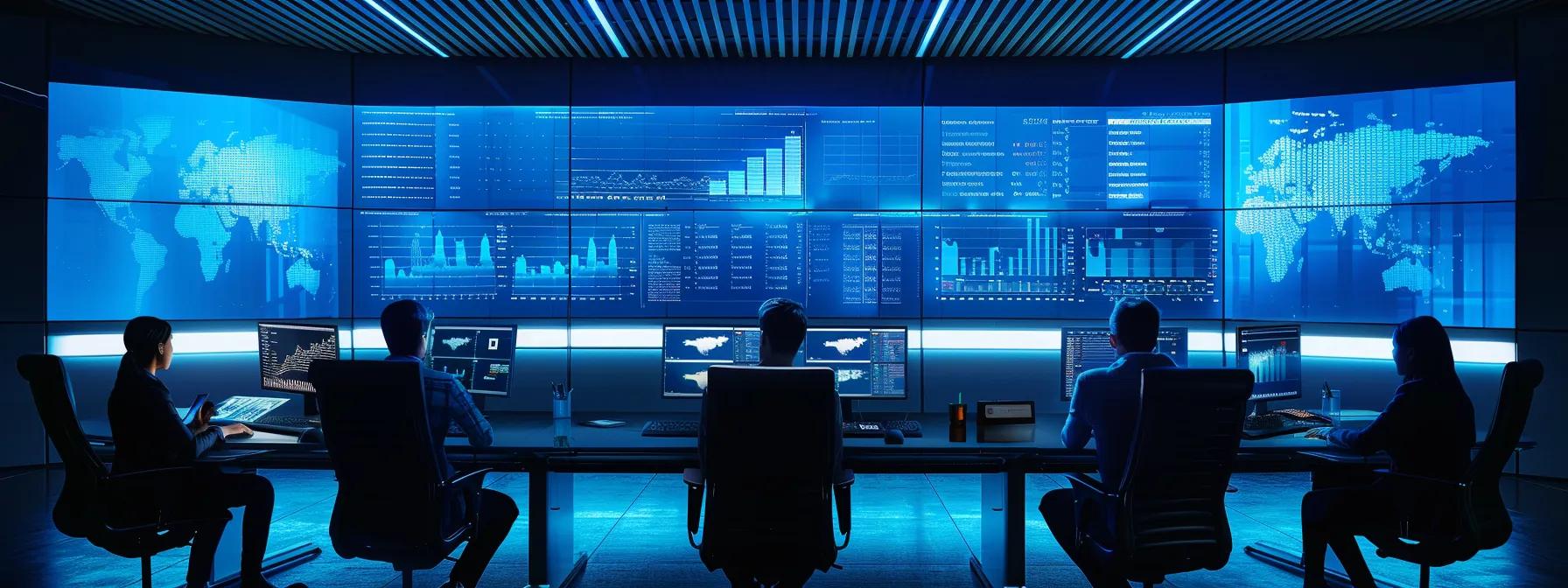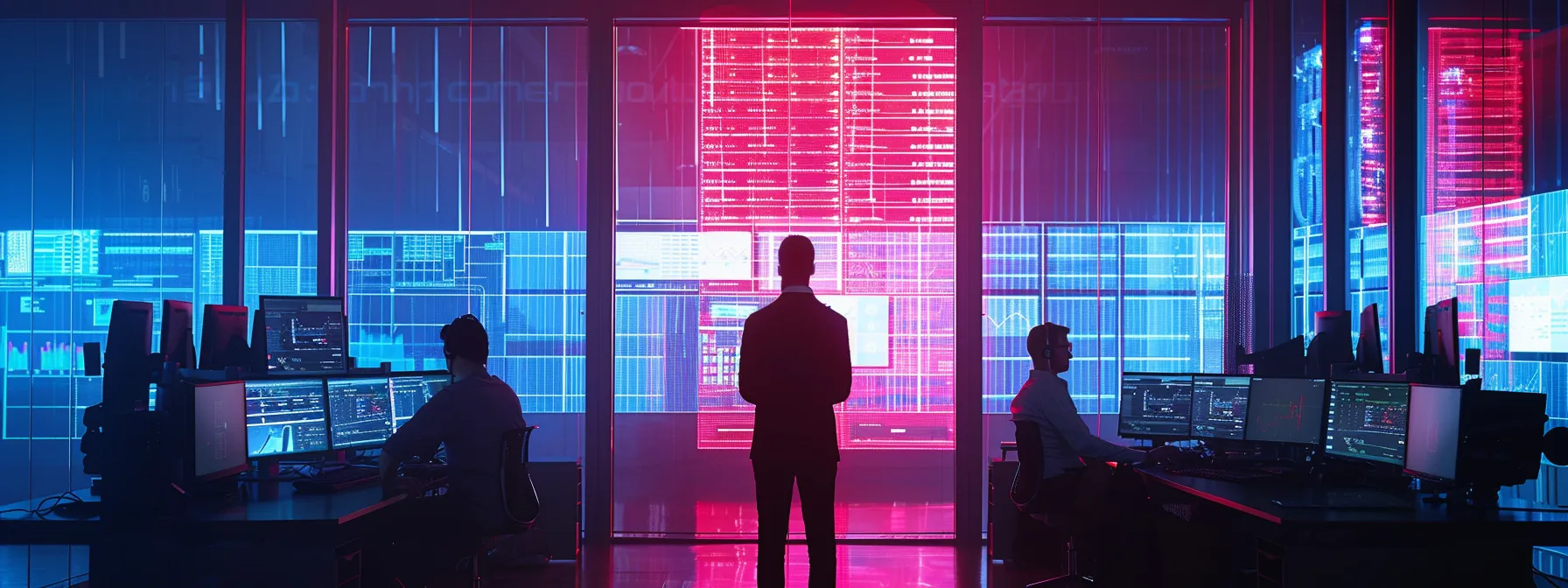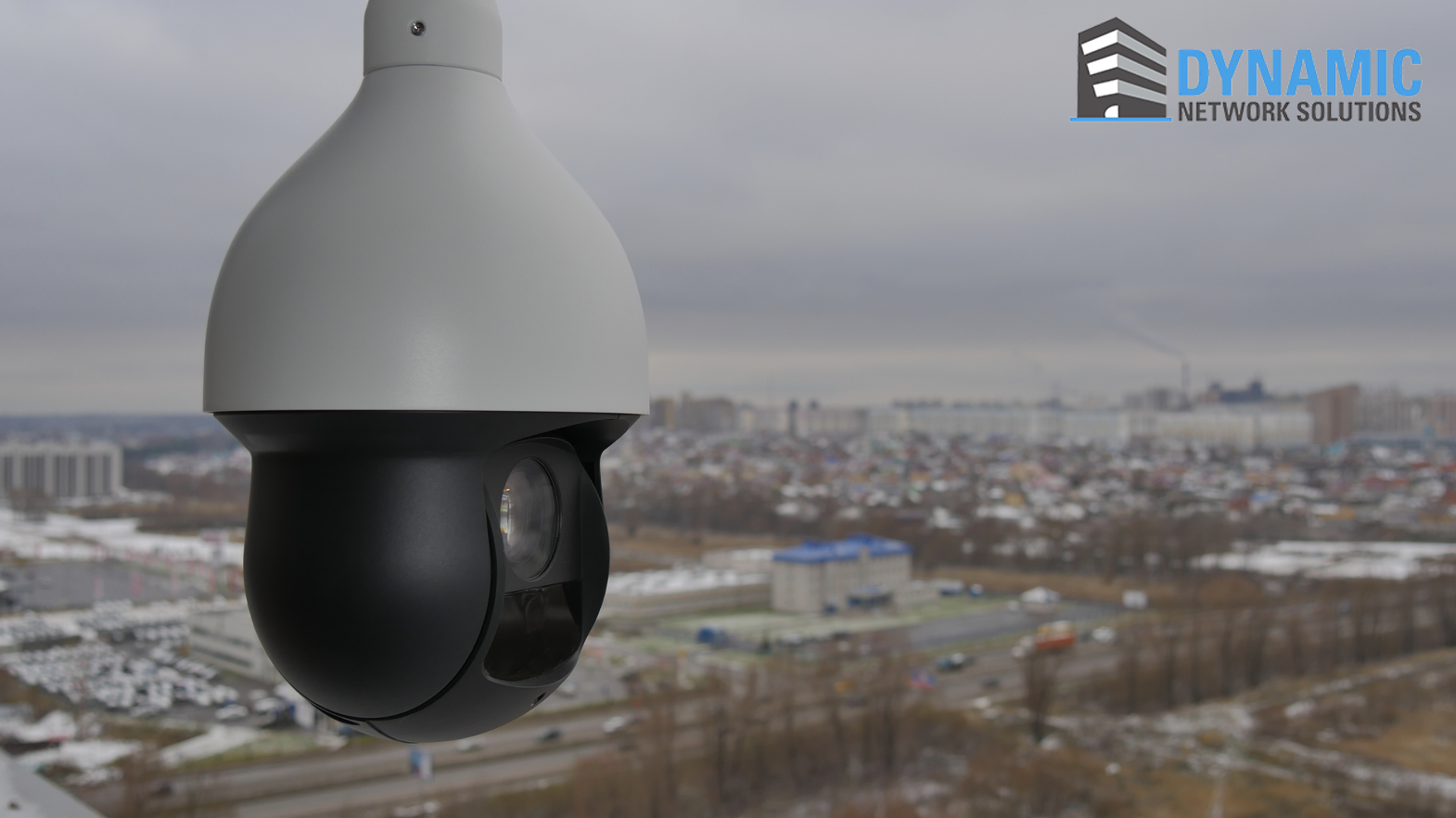 Did you know that by 2024, the global video surveillance market is expected to reach an astounding $75.6 billion? While the primary purpose of these systems has always been security and safety, advances in technology have drastically expanded their application, making them a Swiss Army knife for business operations. Gone are the days when video surveillance was simply about capturing footage of potential burglars or monitoring restricted areas. Today’s cutting-edge video security systems offer an array of functionalities that go well beyond traditional surveillance, from monitoring temperature in cold storage to creating time-lapse photography for construction projects.
Did you know that by 2024, the global video surveillance market is expected to reach an astounding $75.6 billion? While the primary purpose of these systems has always been security and safety, advances in technology have drastically expanded their application, making them a Swiss Army knife for business operations. Gone are the days when video surveillance was simply about capturing footage of potential burglars or monitoring restricted areas. Today’s cutting-edge video security systems offer an array of functionalities that go well beyond traditional surveillance, from monitoring temperature in cold storage to creating time-lapse photography for construction projects.
The aim of this blog post is to peel back the curtain on these versatile tools and reveal how they can drive operational efficiency across various sectors of your business—often in ways you might not have considered. Prepare to think about video surveillance in an entirely new light.
The Evolution of Video Surveillance
Video surveillance has come a long way since its inception. Initially conceived as a means to deter criminal activity and monitor sensitive areas, the technology behind these systems has undergone a seismic shift. In the early days, grainy black and white footage with limited recording capacity was the norm. Fast forward to today, and we’re talking about high-definition cameras, cloud-based storage solutions, and even artificial intelligence integration.
What has this evolution meant for businesses? Simply put, it’s unlocked a host of additional functionalities that go beyond simple surveillance. Modern video security systems can now integrate seamlessly with other aspects of a business, including facility management, logistics, and even marketing.
Time-lapse Photography for Construction Projects
Modern video surveillance systems offer the intriguing possibility of capturing time-lapse photography, an application particularly useful in the realm of construction. But why is this feature so valuable? Let’s break it down:
- Project Tracking: Creating a time-lapse video allows for easy monitoring of construction progress. It offers a concise, visual summary that can be reviewed in minutes, saving time that might otherwise be spent on lengthy site visits.
- Accountability: Time-lapse photography can be a powerful tool for ensuring everyone stays on schedule. If a deadline isn’t met, the footage can help identify bottlenecks or areas where productivity lagged.
- Marketing Material: Imagine showcasing the birth of a building, from foundation to completion, in a matter of minutes. This kind of content can serve as powerful marketing material, giving potential clients or investors a visual story of your capabilities.
In a nutshell, time-lapse photography isn’t just a neat feature; it’s a multifaceted tool that can contribute to efficiency, accountability, and even business development.
Facility Access and Alerts
The seamless integration of video surveillance systems with access control terminals has revolutionized how businesses manage facility access and security. Here are some ways this synergy can be beneficial:
- Trigger Recordings: The system can automatically start recording when someone accesses a facility, adding an extra layer of accountability and ensuring only authorized personnel are present in restricted areas.
- Instant Alerts: Receive real-time notifications if there’s a breach. For instance, if someone tries to enter a high-security area without proper clearance, the system can send an immediate alert to the security team or management.
- Automated Protocols: Beyond simply alerting, integrated systems can trigger automated security protocols like locking down an area or activating additional security measures.
- Data Collection for Analytics: By keeping a record of facility access, the system can help businesses analyze patterns and trends, which can be invaluable for staffing decisions or optimizing operational hours.
This integration does more than just tighten security—it adds a level of sophistication and automation that can drive operational efficiency.
Temperature Monitoring
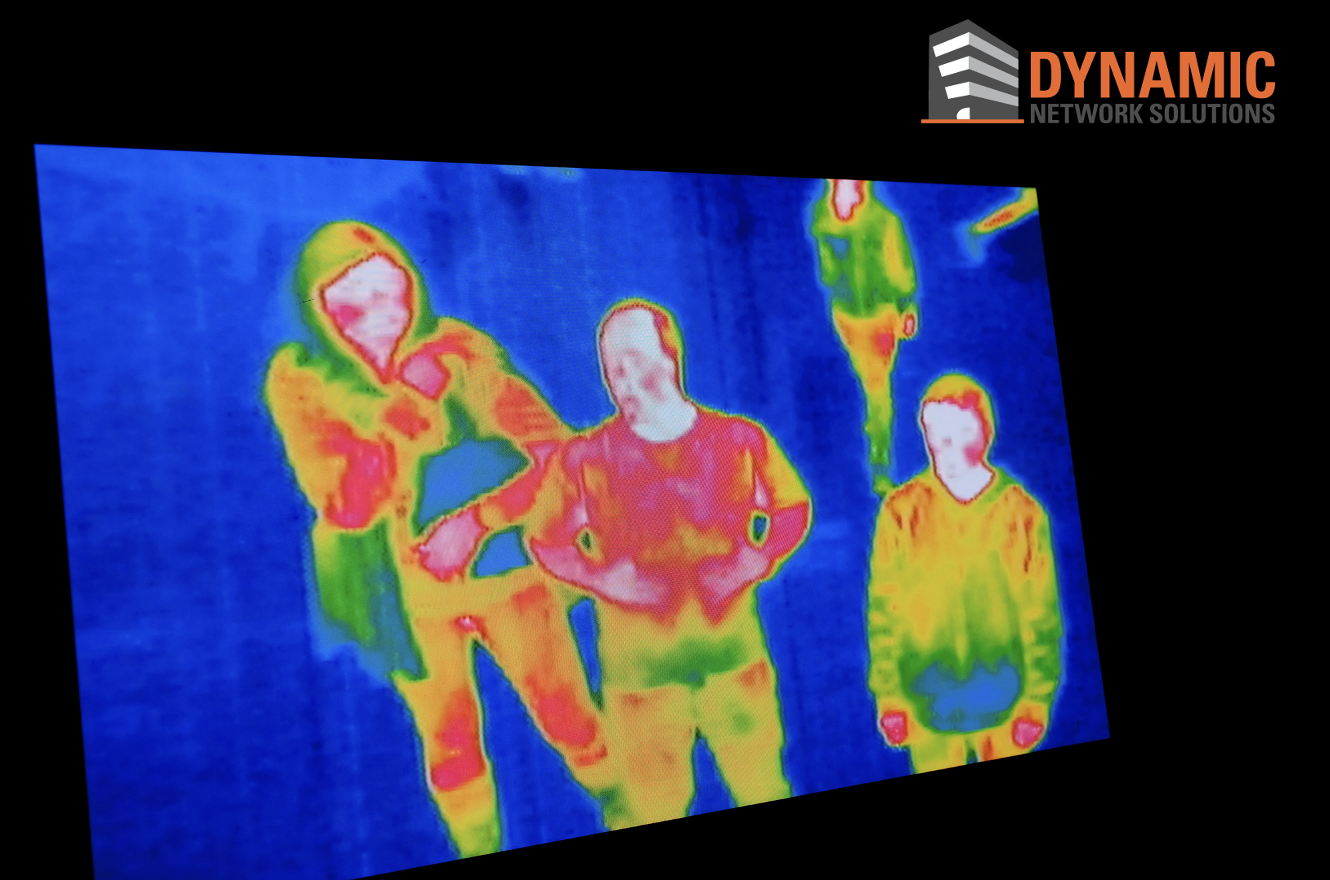 One of the most unexpected yet incredibly useful features of modern video surveillance systems is their ability to monitor temperature-sensitive environments. Think cold storage units, server rooms, or even composting areas—these are places where maintaining a specific temperature range is critical to business operations.
One of the most unexpected yet incredibly useful features of modern video surveillance systems is their ability to monitor temperature-sensitive environments. Think cold storage units, server rooms, or even composting areas—these are places where maintaining a specific temperature range is critical to business operations.
Integrated temperature sensors in video surveillance cameras can alert operators in real-time if temperature levels exceed or fall below the designated range. This not only mitigates the risk of spoilage in food storage or overheating in server rooms but also ensures compliance with health and safety regulations. The end result? Significant cost savings and peace of mind.
Imagine the financial impact of losing an entire cold storage unit’s worth of perishable goods due to a temperature malfunction. With video surveillance, you can take proactive measures, often automating responses like adjusting the room’s temperature or alerting personnel to take immediate action. It’s an added layer of security that also contributes to operational efficiency.
Human and Vehicular Movements
One of the standout capabilities of contemporary video surveillance systems is their ability to distinguish between different types of movement. This isn’t just a cool feature—it has practical applications that can be especially relevant in multi-use facilities, parking lots, or restricted areas.
For instance, a surveillance camera equipped with intelligent software can discern whether a moving object is a human or a vehicle. This kind of granularity can be crucial in settings like parking garages, where the camera might trigger different responses based on what it detects. If a human is spotted in a vehicle-restricted zone, the system could alert security to a potential breach. Conversely, if a vehicle is detected in a pedestrian-only area, immediate actions can be taken to ensure public safety.
The point is, understanding the nature of the movement within a monitored area adds an additional layer of nuance and control to how a business manages its physical spaces. Whether it’s automating access, optimizing traffic flow, or enhancing safety protocols, the applications are as diverse as they are invaluable.
License Plate Recognition and Customized Access
One of the most advanced features found in cutting-edge video surveillance systems is License Plate Recognition (LPR). This technology takes surveillance to another level by capturing and identifying vehicle license plates as they enter or leave a facility. What makes this particularly useful?
- Automated Entry: For businesses that require secure but efficient vehicle access—think gated communities or company parking lots—LPR can automate the entry process by cross-referencing the captured license plate with a pre-approved list.
- VIP Access: Special guests or top-level executives can be added to a “whitelist,” allowing them seamless entry without manual verification, enhancing their experience and reducing staff workload.
- Security Screening: On the flip side, a “blacklist” can be maintained for vehicles that are not allowed entry under any circumstances. If a blacklisted vehicle attempts access, immediate alerts can be triggered, allowing for quick and appropriate action.
- Compliance and Record-Keeping: The system can maintain logs of all vehicle entries and exits, which is invaluable for compliance, especially in regulated industries.
LPR not only enhances security but also adds a layer of sophistication that can streamline operations and contribute to a positive user experience.
Final Thoughts
 As we’ve explored, video surveillance systems have evolved from rudimentary tools focused solely on security to complex, multi-functional assets capable of improving various facets of business operations. Today’s cutting-edge technologies offer features that can monitor temperature in specialized environments, facilitate project tracking through time-lapse photography, automate facility access, and even discern between types of movements within a monitored area. With the integration of advanced features like License Plate Recognition, businesses can not only enhance their security but also significantly streamline operations, ultimately adding value that far exceeds the initial investment.
As we’ve explored, video surveillance systems have evolved from rudimentary tools focused solely on security to complex, multi-functional assets capable of improving various facets of business operations. Today’s cutting-edge technologies offer features that can monitor temperature in specialized environments, facilitate project tracking through time-lapse photography, automate facility access, and even discern between types of movements within a monitored area. With the integration of advanced features like License Plate Recognition, businesses can not only enhance their security but also significantly streamline operations, ultimately adding value that far exceeds the initial investment.
In a world that increasingly leans on technology for solutions, the capabilities of modern video surveillance systems are a testament to how far we’ve come and a hint at the exciting possibilities the future holds. Investing in these versatile tools is not just a step toward improved security but a leap toward greater operational efficiency and business innovation

